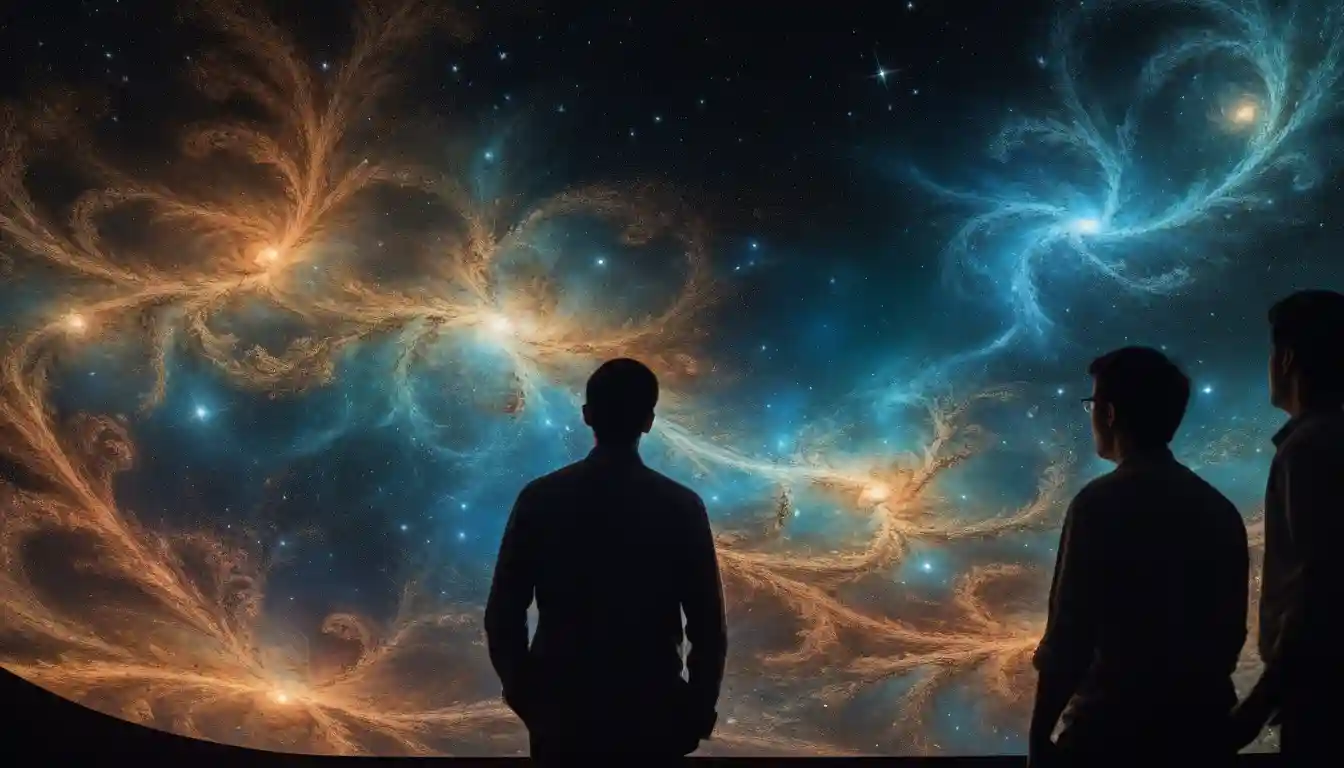New Mathematical Proof Disproves Conjecture Regarding Black Holes
Two mathematicians, Christoph Kehle of MIT and Ryan Unger of Stanford and UC Berkeley, have presented a groundbreaking mathematical proof that challenges long-held beliefs about the existence of extremal black holes. Their recent work suggests a potential rethinking of our understanding of black hole thermodynamics and astrophysics.
Key Takeaways
- Mathematicians Christoph Kehle and Ryan Unger have disproved a 1973 conjecture about extremal black holes, showcasing a potential shift in our knowledge of black hole formation.
- Their findings have raised questions about the limitations of black hole thermodynamics and the potential for extremal black holes to exist astrophysically.
- Kehle and Unger's work highlights flaws in previous proofs, revealing the possibility of extremal black hole formation within finite time.
Analysis
The mathematical proof presented by Kehle and Unger holds the potential to fundamentally disrupt established principles in physics, and may lead to substantial advances in our comprehension of black hole dynamics. This breakthrough has the imminent impact of prompting a reevaluation of existing black hole models and the manner in which gravitational wave research is approached. Moreover, it could pave the way for the development of new theories concerning cosmic phenomena and energy extraction methods. The consequences of this discovery extend to academic institutions, space agencies, and companies engaged in space technology and energy sectors, potentially prompting impactful shifts in financial market investments.
Did You Know?
- Extremal Black Holes: These theoretical black holes possess the maximum achievable charge or rotation relative to their mass. It was conventionally believed that such black holes could not exist due to the perceived impossibility of their surface gravity dropping to zero within a finite time. Kehle and Unger's work challenges this notion, suggesting that extremal black holes may indeed be feasible within the laws of physics.
- Third Law of Black Hole Thermodynamics: The third law, also referred to as the "Nernst theorem for black holes," asserts the implausibility of reducing a black hole's surface gravity to zero within a finite number of steps or time period. Kehle and Unger's findings contest this law, indicating that extremal black holes may form despite the previous constraints.
- Werner Israel's 1986 Proof: Renowned physicist Werner Israel's 1986 proof, widely accepted as demonstrating the infeasibility of creating extremal black holes, has been challenged by Kehle and Unger's recent work. Their revelation identifies a potential flaw in Israel's proof, warranting a reconsideration of established notions in the realm of black hole physics.
